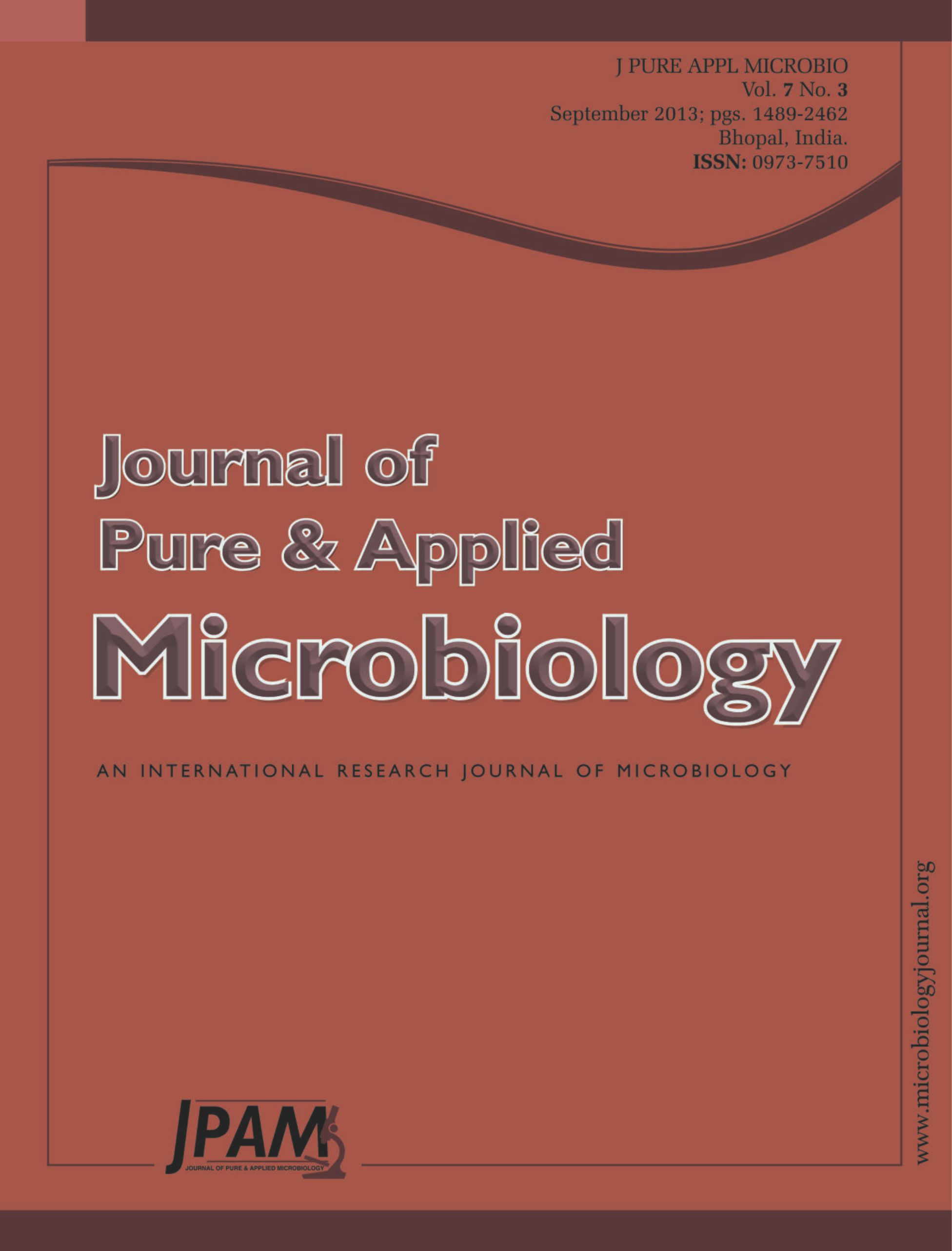Fenitrothion and butachlor are widely used pesticides in pest control. These pesticides are released into the environment presenting a potential hazard risk. Only limited data are available on the microbial biodegradation of fenitrothion and butachlor. Biodegradation of butachlor by different microorganisms was investigated. Ten bacterial and fungal strains were isolated from an agricultural soil and found to actively utilized butachlor, as a sole source of carbon and energy. Based on their morphological and biochemical categorization, the ten bacterial and fungal isolates were identified as Micrococcus rosus, Pseudomonas alcaligens, Aspergillus sp., Bacillus licheniformis, Bacillus megatherium, Trichoderma viride, Rhizopus sp., Rhizobium huakuii, Brady rhizobium sp. and E. coli. Five strains out of these ten of microorganisms Pseudomonas alcaligens, Bacillus megatherium, Trichoderma viride, Brady rhizobium sp. and E. coli., had different degradation rate of fenitrothion and butachlor, while the growth of other five strains were inhibited by two tested pesticides. Our results can conclude that both of the fungus strain Trichoderma viride as and bacterial strain Pseudomonas sp., Showed the great degradation rate for both fenitrothion and butachlor that proved they can use for bioremediation of water contaminated with fenitrothion and butachlor the fenitrothion and butachlor residues.
Bioremediation, Fenitrothion, Butachlor, Water contamination, Soil contamination Microorganisms
© The Author(s) 2014. Open Access. This article is distributed under the terms of the Creative Commons Attribution 4.0 International License which permits unrestricted use, sharing, distribution, and reproduction in any medium, provided you give appropriate credit to the original author(s) and the source, provide a link to the Creative Commons license, and indicate if changes were made.


